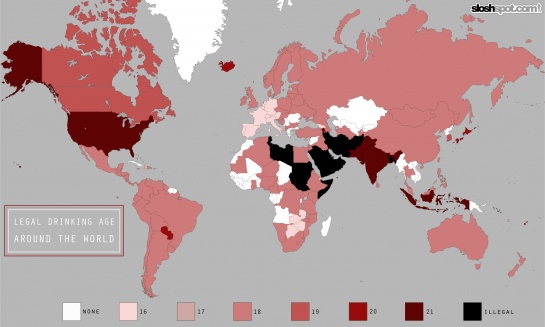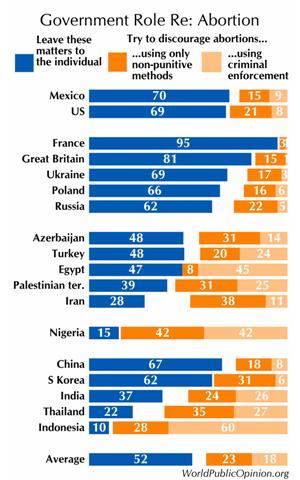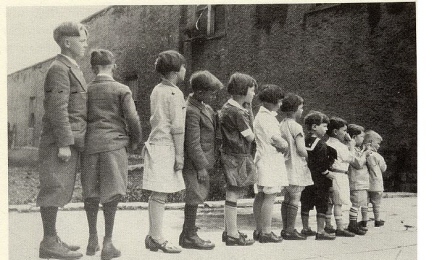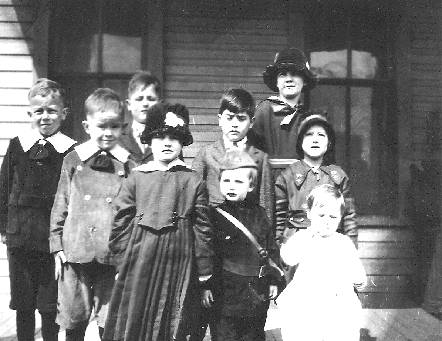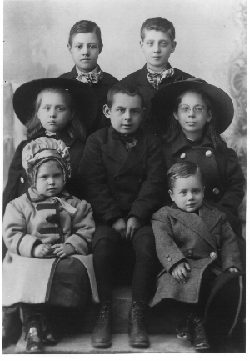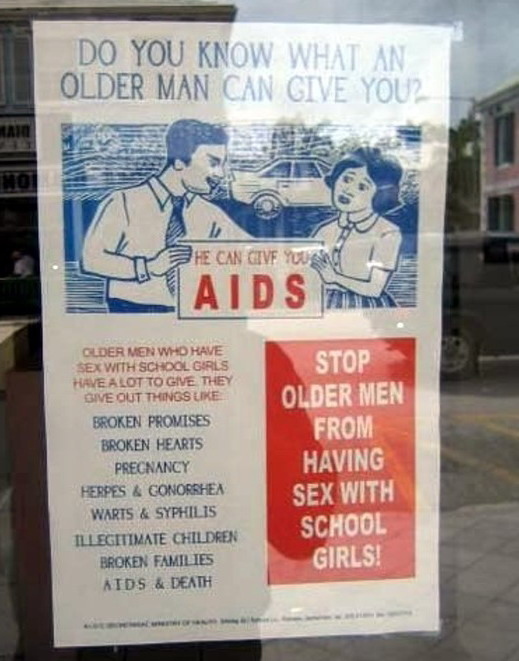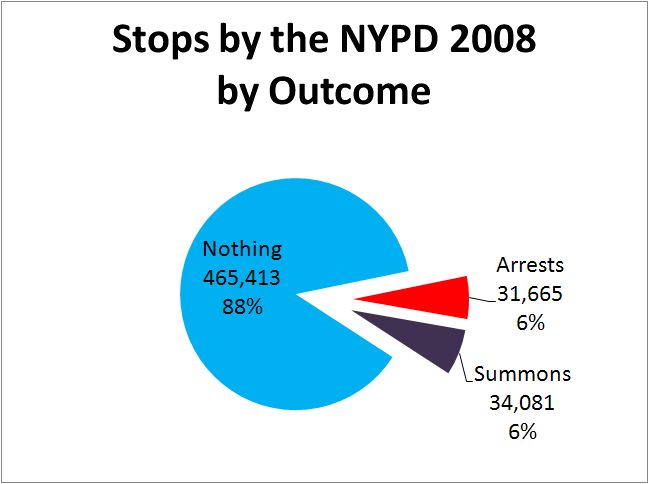When Rihanna was beaten by Chris Brown, many people blamed Rihanna for enraging him. Laura McDe sent in another example of victim-blaming in a case of domestic violence. This time a man killed his five children, and then himself, after discovering that his wife had left him for another man. Many headlines placed the blame on his wife (via Shakesville):
The Seattle Times:

Yahoo News:

Kansas City.com:

Google News:

Instead of focusing on the husband’s abusive and frightening behavior, his mental instability, and his horrific decision to kill five children, the headlines focus on his wife’s behavior and how it “ignited” his own. To complete the metaphor, if you are flammable, when you burst into flame, it is the match striker’s fault.
NEW! Shakesville highlighted another example of the excusing men’s violence against women:

That’s right. Poisoning your wife is an act of love. You see, they were estranged and he wanted to make her ill so that he could nurse her back to health and have-her-no-she-can’t-get-away-I’ll-make-sure-of-it. Story here.
Also in blaming the victim: mothers are responsible for their children’s addiction, renters are responsible for lead poisonous apartments, girls are responsible for internet predators, and women are responsible for preventing sexual harassment.

